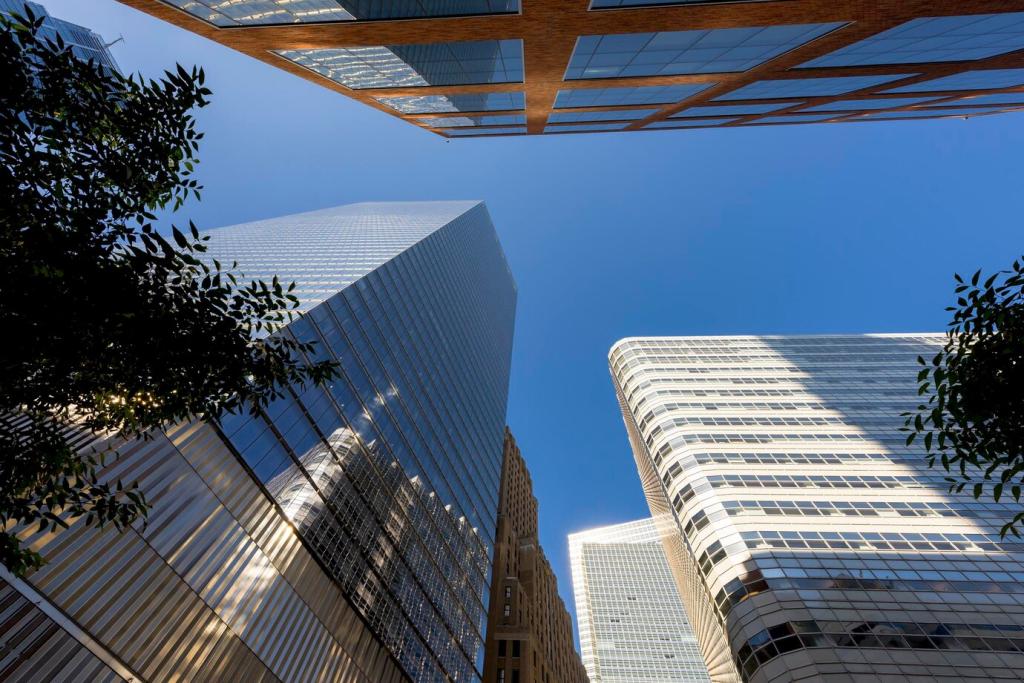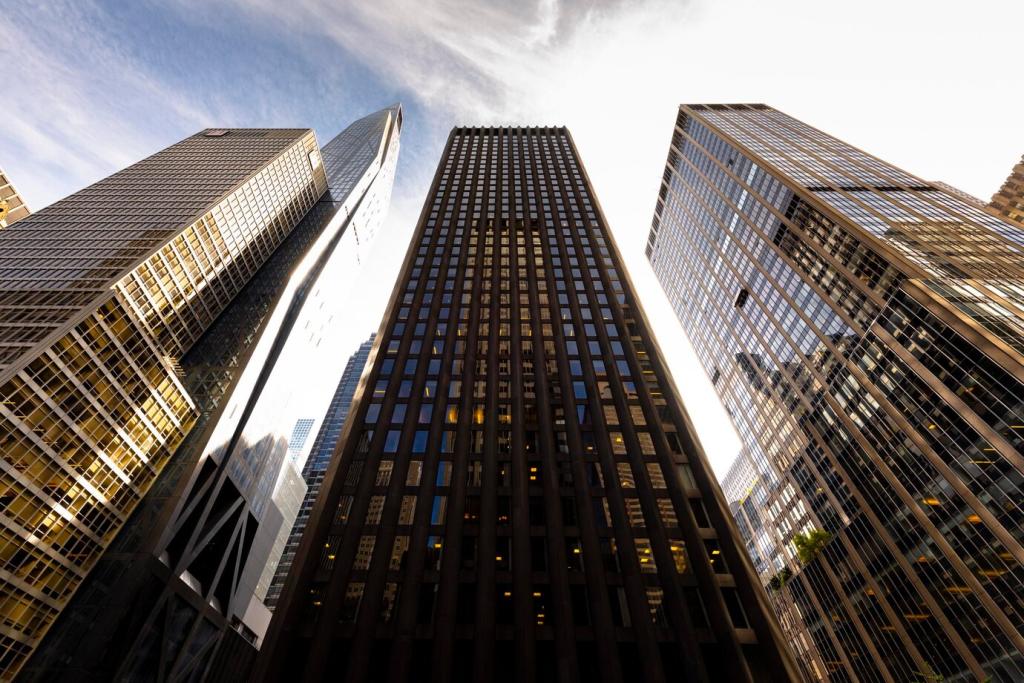Policy, Incentives, and the Public-Private Puzzle
Public-private partnerships can provide land contributions, accelerated approvals, or shared infrastructure. Structure transparent governance, milestone-based funding, and data dashboards. Ask questions in the comments about deal frameworks you’re considering, and we’ll cover them in a future newsletter.
Policy, Incentives, and the Public-Private Puzzle
Tax increment financing, historic credits, brownfield grants, and low-interest green loans can close stubborn financing gaps. Map eligibility early, model downside scenarios, and document community benefits to sustain support. Share programs your city offers to help other readers discover options.






